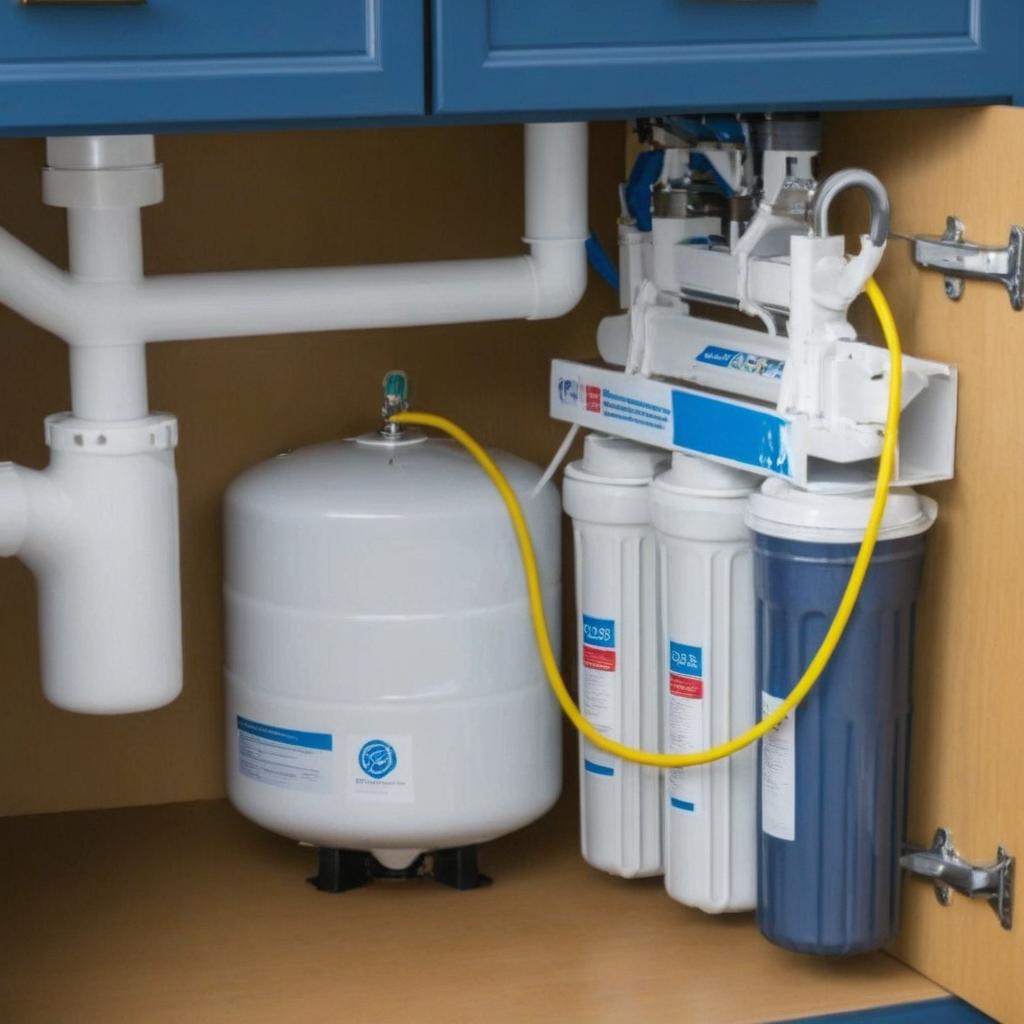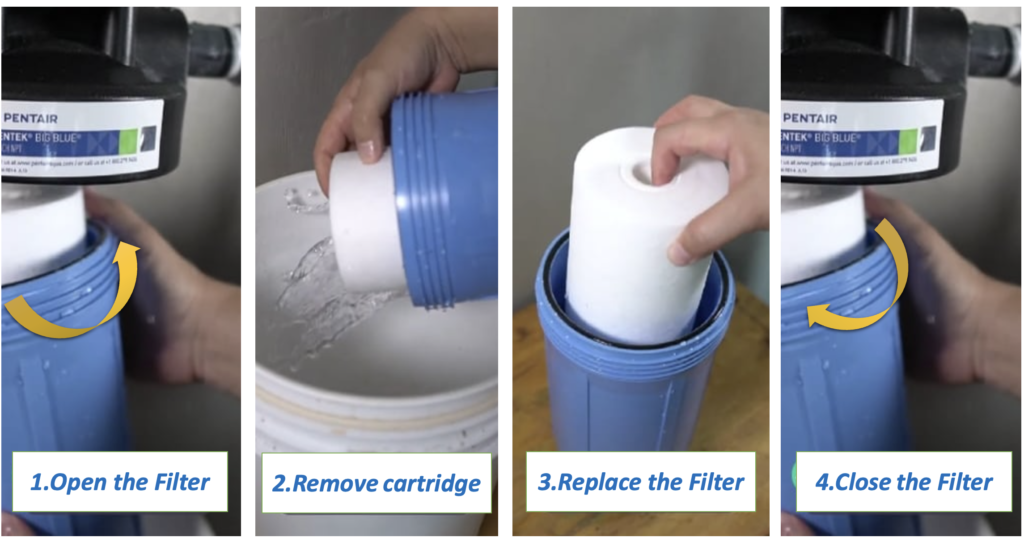A whole house water filter is a filtration system designed to purify all the water entering your home. Installed at the main water supply, this system ensures that every faucet, showerhead, and appliance receives filtered water.
A whole house water filter typically includes multiple stages: a sediment filter to remove dirt, rust, and large particles, and activated carbon to eliminate chemicals like chlorine. Some systems may also feature specialized filters for additional purification, such as UV filters for bacteria and viruses or reverse osmosis for extra fine filtration.
This system works continuously to improve the quality of the water you drink, cook with, bathe in, and use around the house, making it a comprehensive solution for your household’s water needs.

Table of Contents
1. Why You Need a Whole House Water Filter: Health and Home Benefits
There are numerous reasons why installing a whole house water filter is a smart investment. Tap water often contains contaminants such as chlorine, heavy metals, and chemicals from industrial runoff. While municipal water treatment plants do their best, not all pollutants are fully removed.
A whole house water filter ensures that your family has access to clean, safe water for drinking, cooking, and even showering. It’s particularly beneficial for those with sensitive skin, as it reduces the presence of chlorine and other harsh chemicals that can cause irritation. Additionally, filtered water protects your home’s appliances, such as water heaters and washing machines, from damage caused by mineral buildup, extending their lifespan.

2. Types of Whole House Water Filters: Which One Is Right for You?
When selecting a the filter, it’s important to choose the right type based on your home’s specific needs. The most common types include:
- Sediment Filters: These remove large particles like dirt and sand, perfect for homes with well water.
- Activated Carbon Filters: Ideal for reducing chlorine, pesticides, and organic compounds, improving taste and odor.
- Reverse Osmosis Systems: Highly effective at removing dissolved solids and contaminants like lead and arsenic.
- UV Purification Systems: Uses ultraviolet light to kill bacteria and viruses, often paired with other filter types for a complete solution.
Your choice will depend on the contaminants present in your water supply, the size of your household, and your budget. Testing your water before deciding will help you choose the most appropriate filter for your needs.

3. Installation Process: How to Set Up Your Whole House Water Filter
Installing a Whole House Water Filter is an essential step toward ensuring clean, filtered water flows throughout your home, protecting both your health and your appliances. This task can be approached as a DIY project or left to a professional, depending on your comfort level with plumbing. Here’s a general outline of the installation process for a Water Filter:
- Shut off the main water supply to your home. This step is crucial to prevent flooding during the installation process.

- Cut into the main water line at the point where you plan to install the Whole House Water Filter. This is typically near where the water supply enters your home, ensuring that all water going into your house is filtered.

- Install the filter system, making sure that all connections are properly sealed. Most Whole House Water Filters come with specific installation kits, so it’s important to follow the manufacturer’s instructions closely to avoid leaks.
- Once everything is in place, turn the water back on and carefully check for any leaks around the connections.
If you are unfamiliar with plumbing, professional installation of your Whole House Water Filter is highly recommended. An improper setup can lead to issues like leaks, decreased water pressure, or inefficient filtration. Always consult the user manual and manufacturer guidelines to ensure your Filter is installed correctly for optimal performance.
4. Maintenance Tips for Your Whole House Water Filter
Maintaining your whole house water filter is essential to ensure it continues to perform effectively. Most filters need to be changed every 3 to 6 months, depending on your water quality and usage. A few key maintenance tips include:
- Check the filters regularly: Sediment and carbon filters can become clogged over time, reducing water flow and filtration efficiency.
- Inspect for leaks: Ensure there are no loose connections or signs of water leaking from the filter system.
- Keep track of filter replacement dates: Mark your calendar to remind you when it’s time for a replacement to avoid reduced performance.
Regular maintenance helps prolong the life of your system and ensures that your water stays clean and safe for use.

5. Cost Breakdown: What You Can Expect to Spend on a Whole House Water Filter
The cost of a whole house water filter can vary widely depending on the type and complexity of the system. Here’s a general breakdown:
- Basic sediment or carbon systems: $300–$600
- Mid-range systems with UV or reverse osmosis: $800–$2,000
- High-end, multi-stage systems: $2,000–$5,000 or more
In addition to the upfront cost, you’ll need to factor in installation fees if you hire a professional, which can range from $300 to $700 depending on your location and the complexity of the setup. Maintenance costs, such as filter replacements, typically range from $50 to $200 annually.
While this might seem like a significant investment, the long-term benefits, such as protecting your appliances and improving your water quality, can make it worthwhile.
Conclusion: Is a Whole House Water Filter Worth It?
Investing in a whole house water filter is one of the best ways to ensure that every drop of water in your home is clean and safe for use. From improved health benefits and protecting sensitive skin to prolonging the life of household appliances, the advantages of filtered water are numerous.
If you value high-quality water for your family and home, a whole house water filter is definitely worth considering. It provides peace of mind, knowing that the water you use daily is free from harmful contaminants. Be sure to research the right system for your needs and consider professional installation to maximize the benefits.





